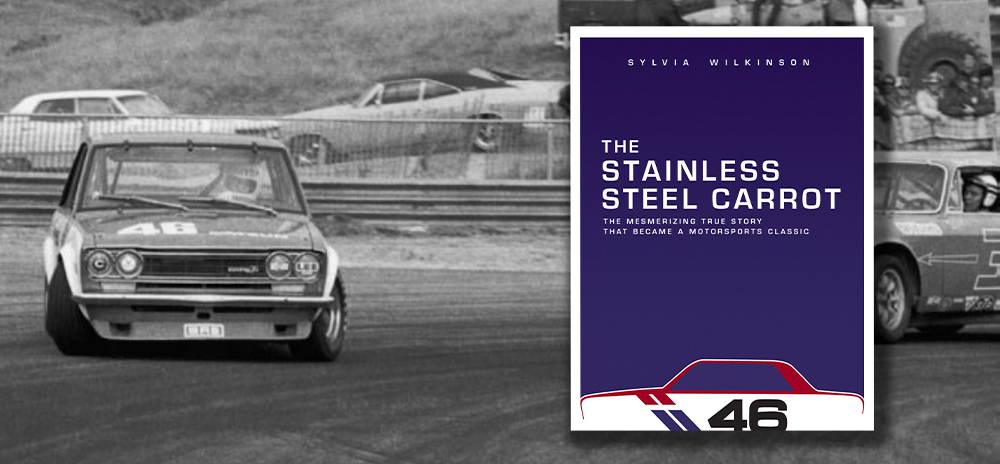
If you are a fan of Datsuns and John Morton, The Stainless Steel Carrot is required reading. The essential nonfiction book by motorsports journalist Sylvia Wilkinson follows the true story of up and coming racer John Morton during his 1971-72 championships that turned Datsun and Brock Racing Enterprises (BRE) into household names. For the first time since publishing in 1973, the book will be released digitally on April 5th. If you want to pre-order your own e-book copy, visit Carrara Media now.
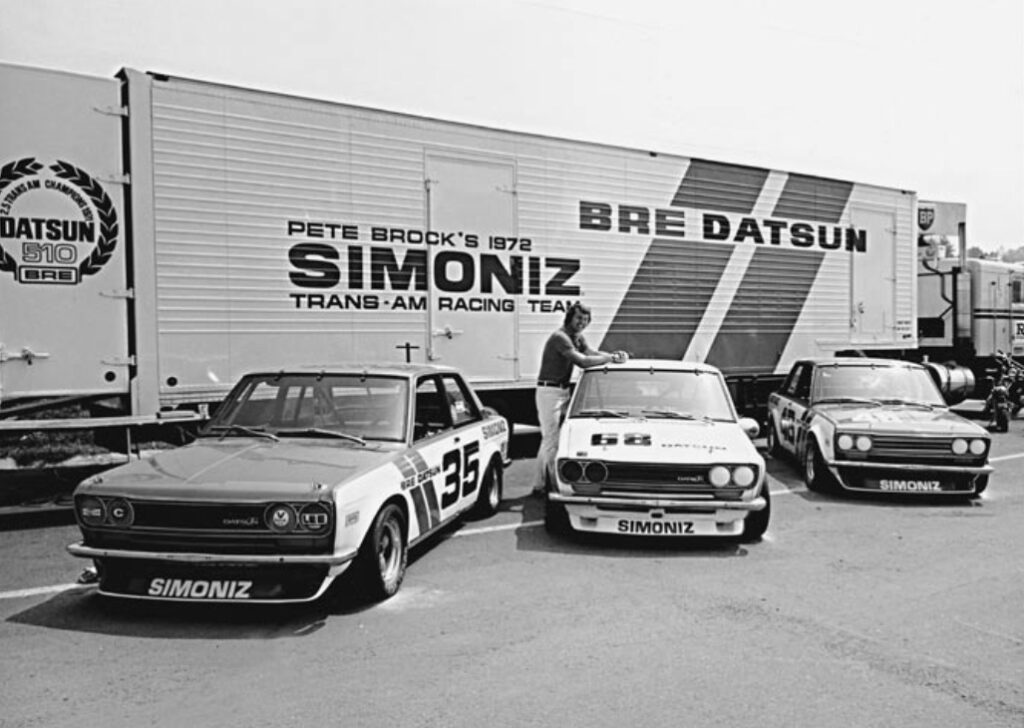
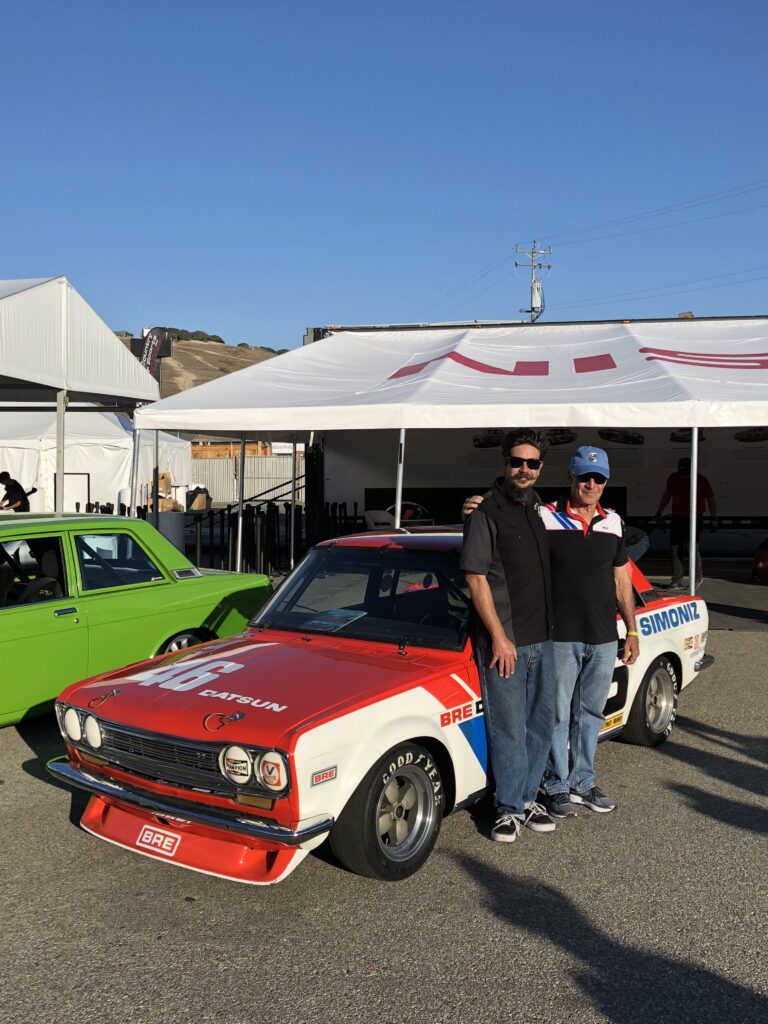
This is great news especially if you were not lucky to grab a hard copy of the book. We don’t blame you, as prices of the print versions are fetching almost $300 now. Who knows, maybe Sylvia and John can electronically sign your E-book edition! While you are getting your copy, check out these autographed bookmarks and commemorative postcards:
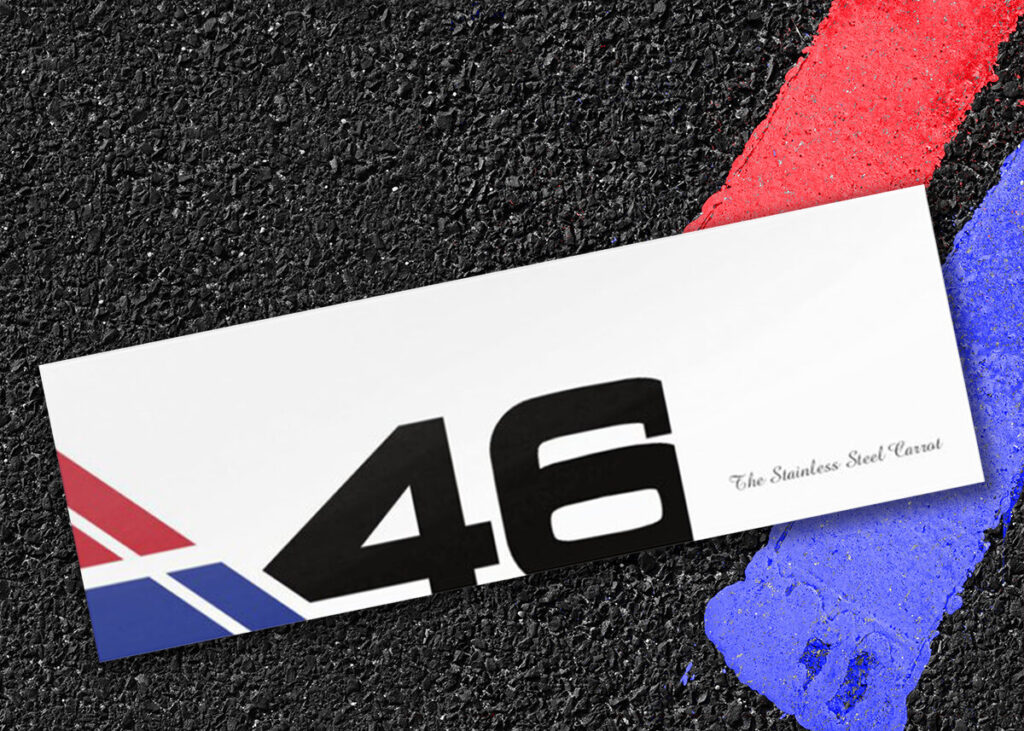
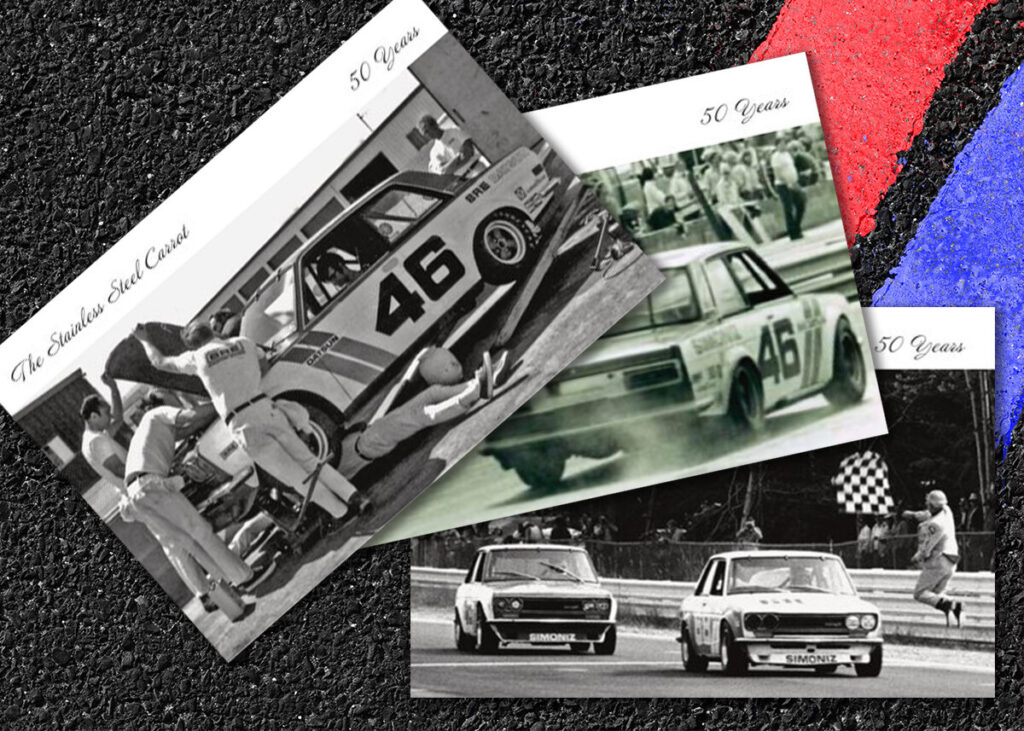
We have been fortunate to gain their friendship over the years:
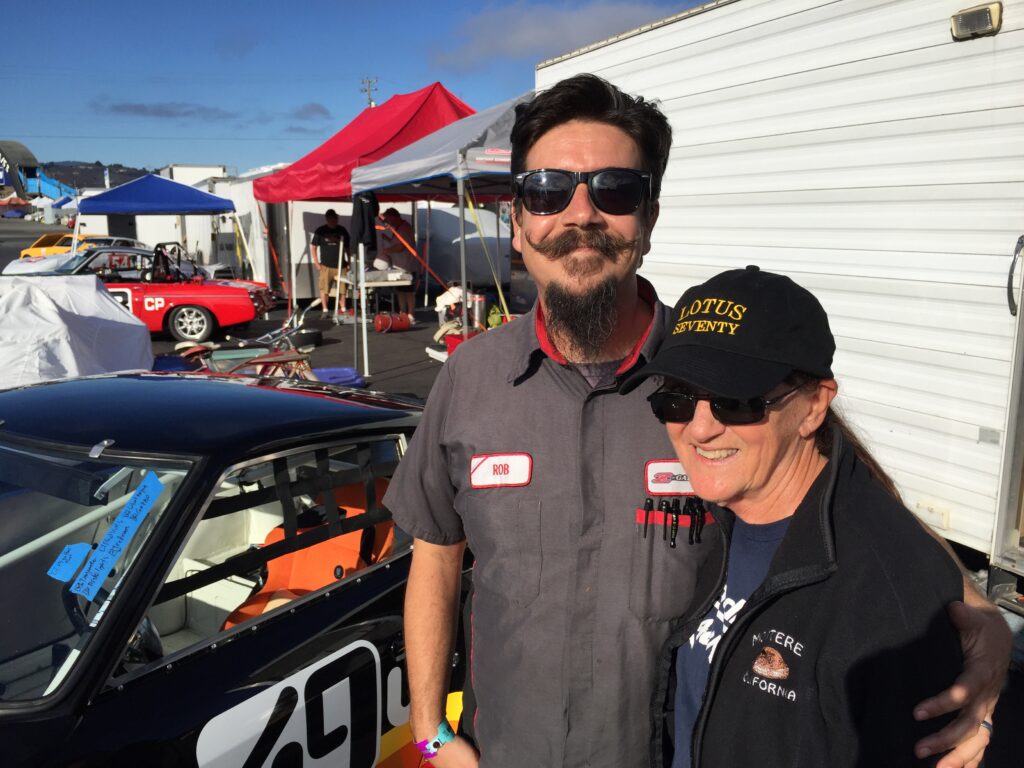
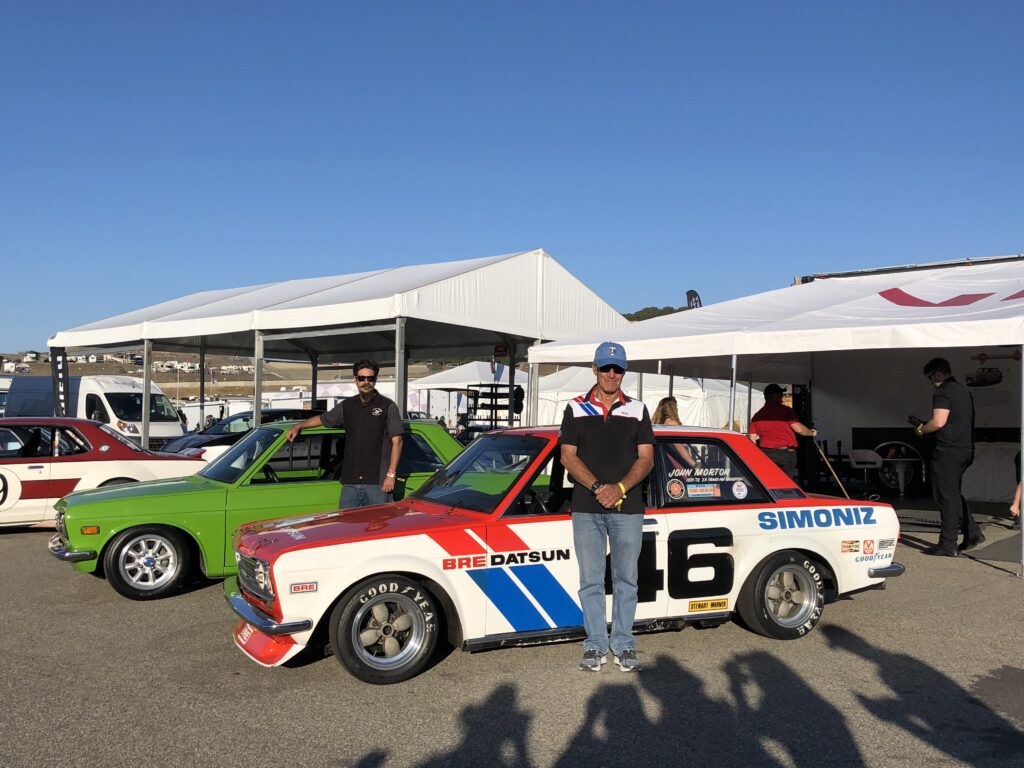
At 79 years of age John Morton is still formidable behind the wheel.
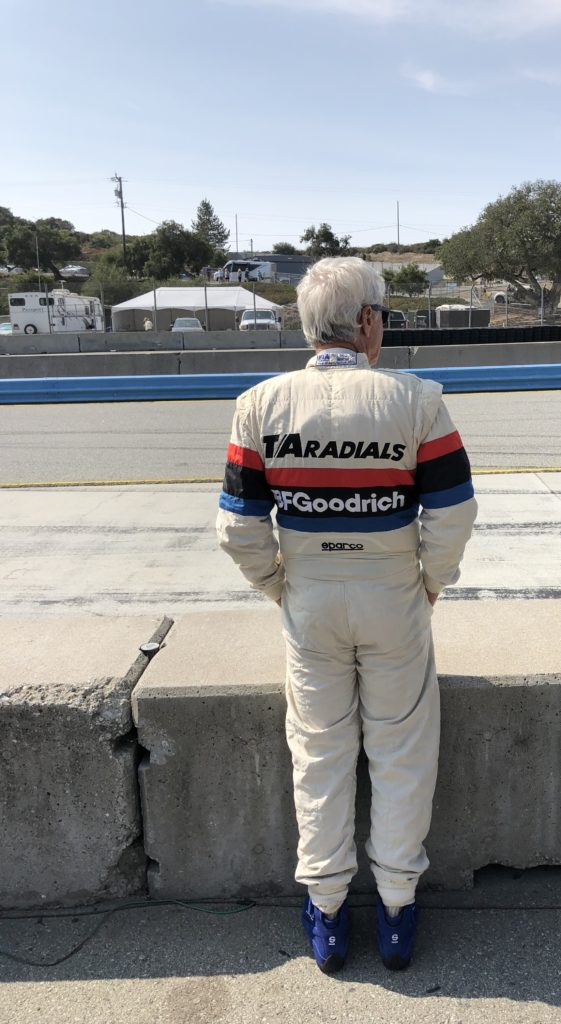
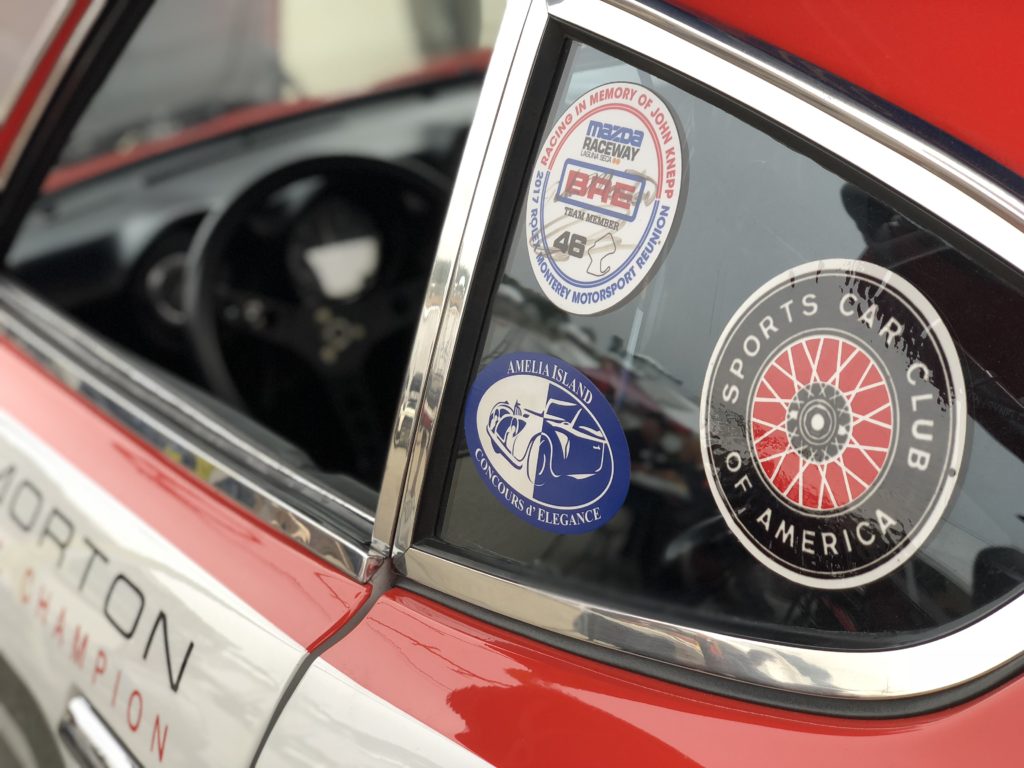
Here is an extended video with in-car footage of John dicing it up with Porsche RSRs and BMW CSLs…Long Live The Z!
Enjoy these photos of John and Sylvia we snapped at various racing events. Sylvia amazingly is still immersed in racing.
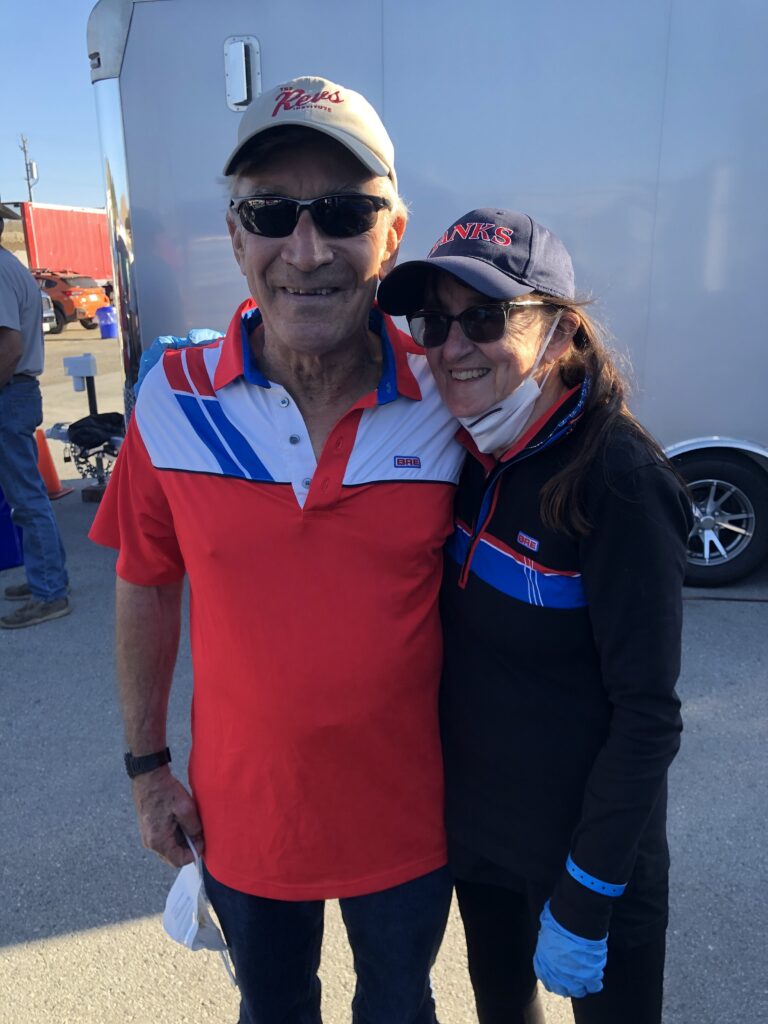
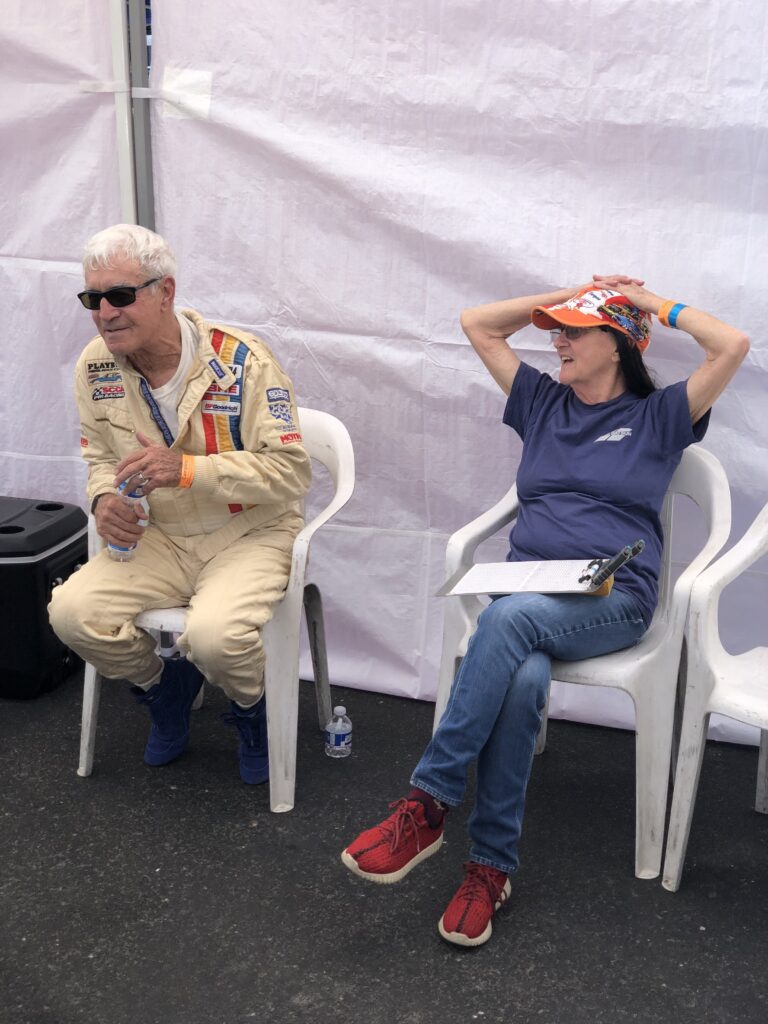
Without spoiling the behind-the-scenes level of detail Sylvia reveals in The Stainless Steel Carrot, she can still be seen clocking lap times for John:
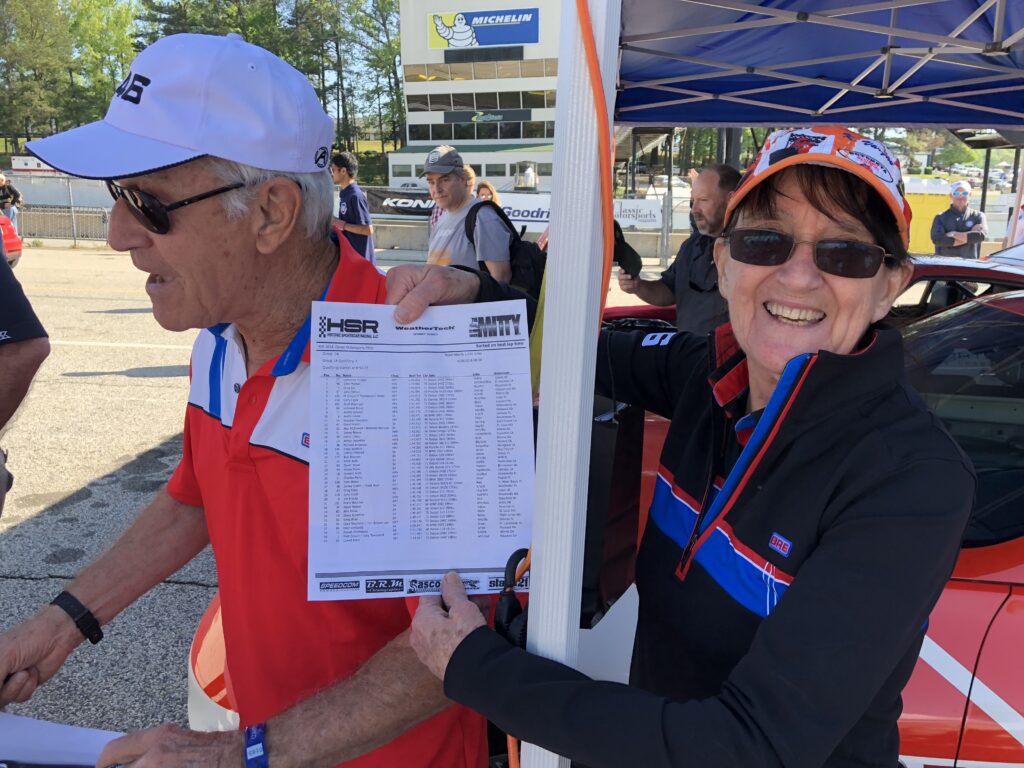
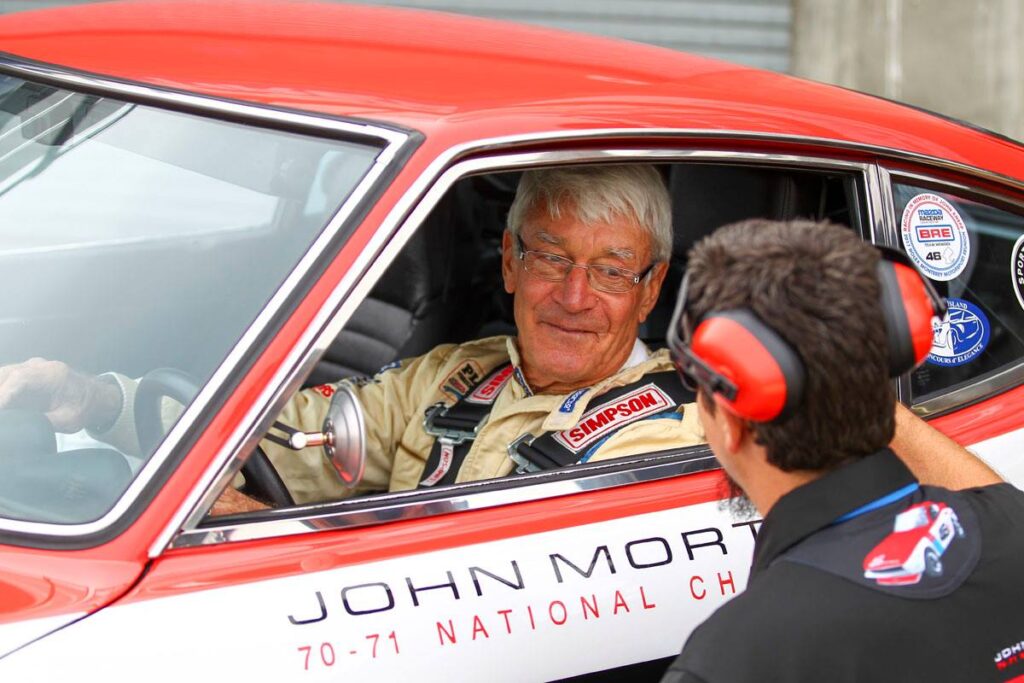
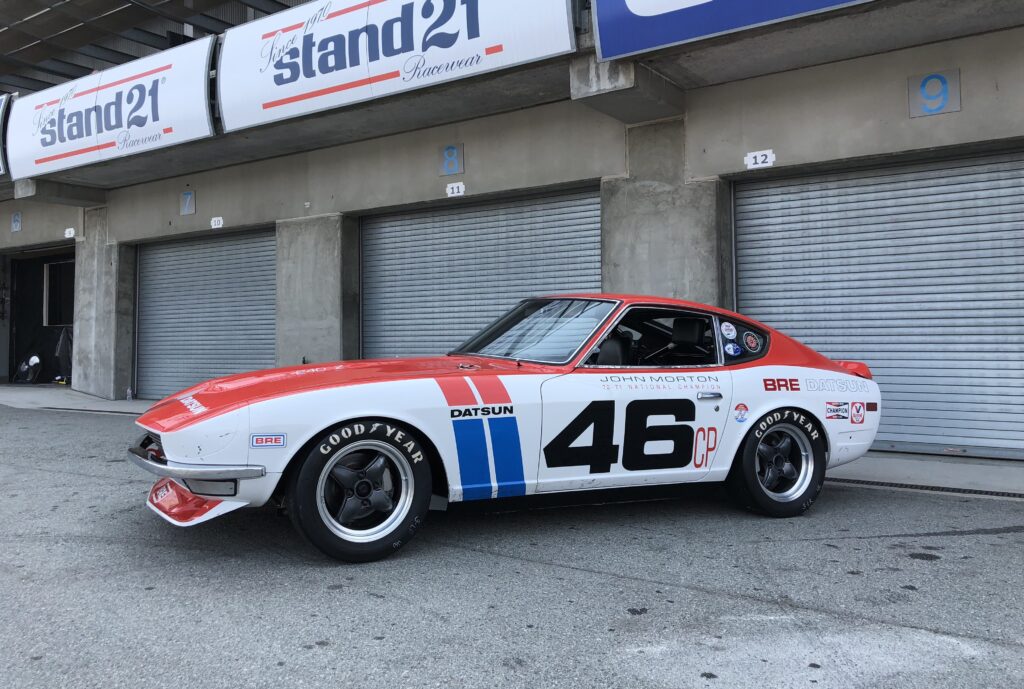
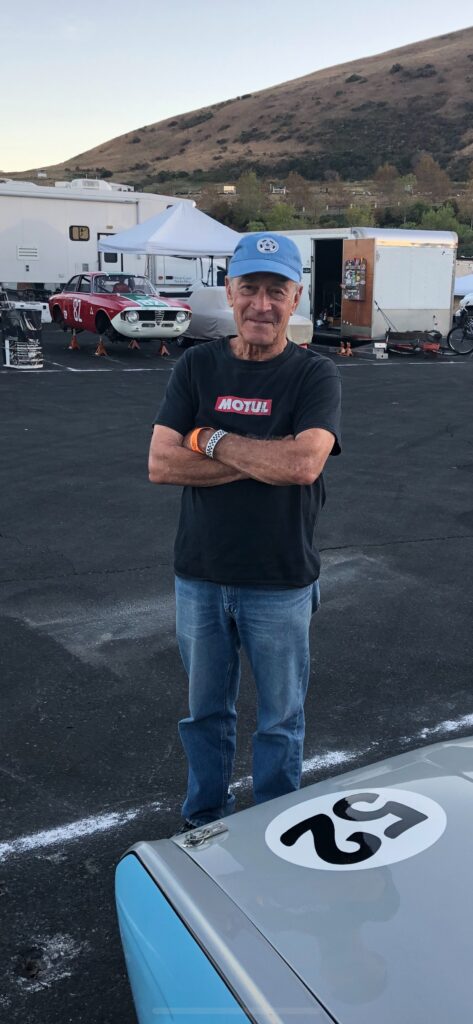
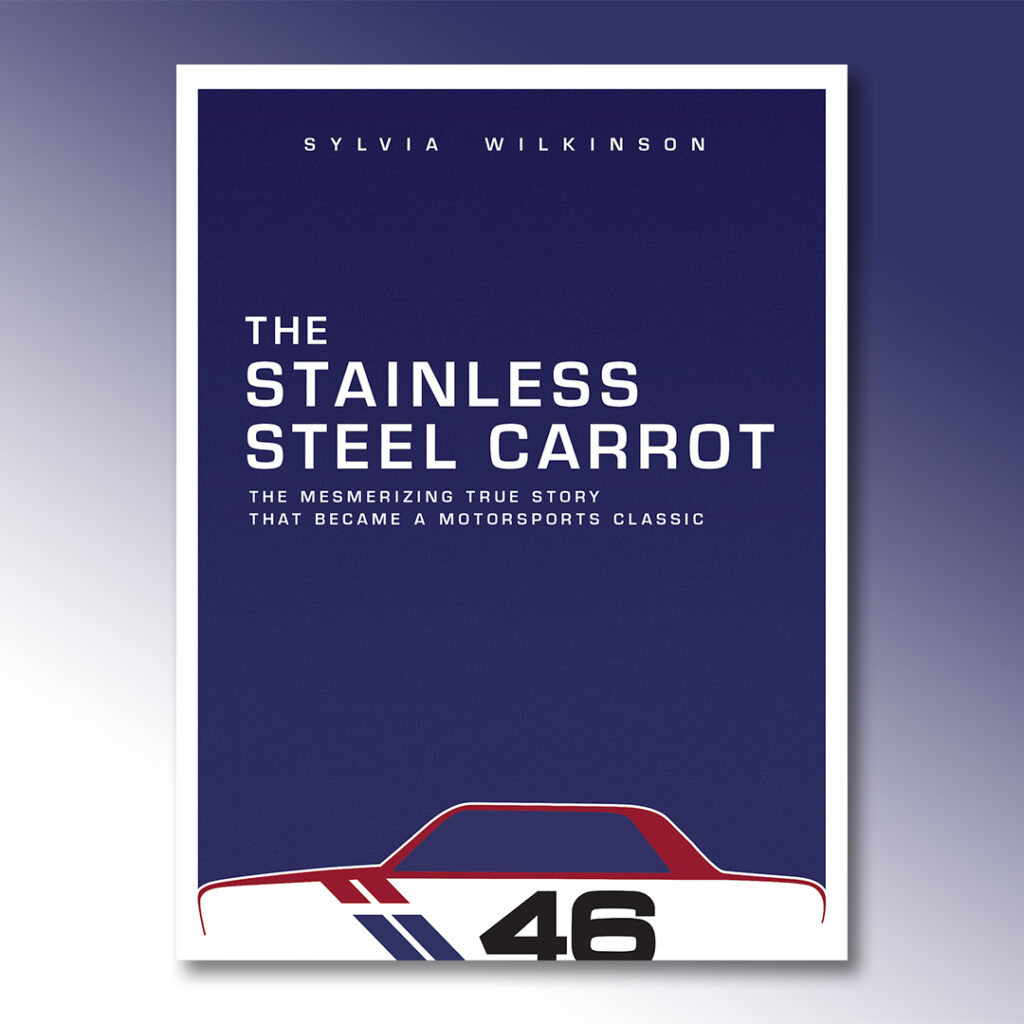
Official press release from Carrara below:
LONG BEACH, Calif., March 8, 2021—Carrara Media will publish the classic motorsports book The Stainless Steel Carrot, by motorsports journalist and author Sylvia Wilkinson, in digital eBook format for the first time.
Releasing in eBook exclusively on April 5, 2021, The Stainless Steel Carrot provides unparalleled access behind the curtain of a championship-winning race team and its star driver, John Morton, chronicling their adventures during the 1971-72 SCCA seasons in iconic vehicles such as the BRE Datsun 510, Datsun 240Z and others.
The eBook is open for preorder now at CarraraBooks.com. In the near future it will also be available wherever eBooks are sold. Excerpts are available for publication by request.
Wilkinson, a longtime advocate and care-provider for animals of all kinds, is donating proceeds from the sale of The Stainless Steel Carrot to animal welfare organizations.
“I never pass up a chance to provide financial aid for food, shelter and care for the wild and tame critters of the earth,” Wilkinson said.
The Stainless Steel Carrot was originally published in 1973, with an expanded version publishing in 2012. However, both of these print editions are now extremely rare and difficult to find. They frequently command prices up to $300 in online marketplaces. This will mark the first time that The Stainless Steel Carrot has been published as an eBook, at its most affordable price ever, with hopes to inspire a new generation of automotive enthusiasts.
“Nearly 50 years later, The Stainless Steel Carrot is as relevant as ever due to Wilkinson’s tireless on-scene reporting,” said Ryan K. ZumMallen, president and founder of Carrara Media.
“There is still nothing like The Stainless Steel Carrot, and now it will be available to modern audiences at its most affordable price ever. We are honored to play a role in preserving this classic tale.”
The Stainless Steel Carrot was written over the course of two years, during the 1971 and 1972 racing seasons. Wilkinson embedded herself with the Brock Racing Enterprises team, an upstart band of characters with big dreams and motor oil in their veins. Their leader – Pete Brock, a hard-charging former designer who penned such automobiles as the Shelby Daytona Coupe, and the man in charge. Their star – John Morton, a young driver with glasses and a mop-cut who captured consecutive SCCA championships in the pursuit of motorsports stardom.
Against this backdrop the BRE team hustles to achieve greatness, fend off hungry rivals and establish themselves and the Datsun 510 as forces to be reckoned with. Wilkinson deftly captures their feverish work, all while painting these real-life personalities with depth and compassion, relating their hopes, their fears, their celebrations and frustrations with the craft and care of a premier storyteller.
Racing fans the world over have enjoyed The Stainless Steel Carrot for decades.
The Stainless Steel Carrot is available for preorder now at CarraraBooks.com
